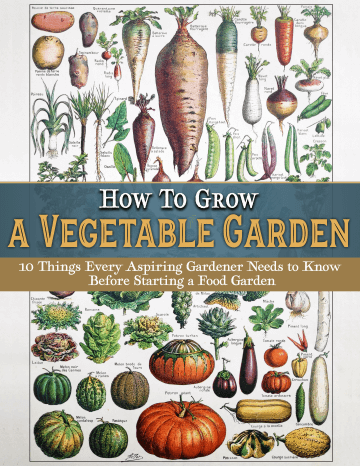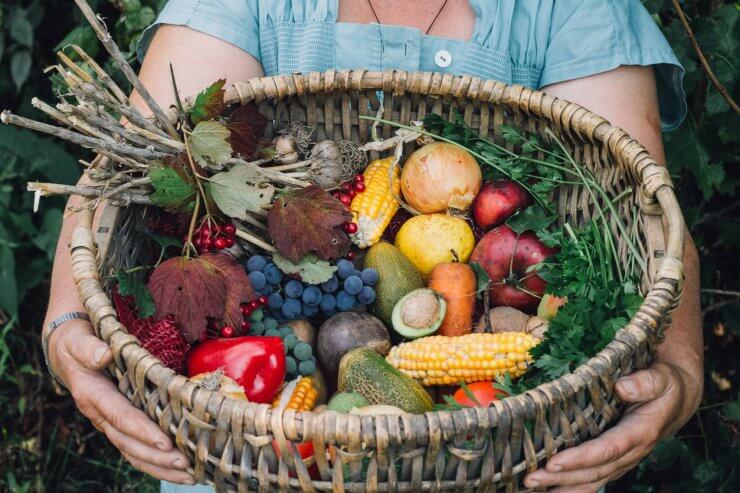
What do Edmonton, Alberta, Canada; Gilroy, California; Miami, Florida; and Springfield, Ohio, have in common? These locations, along with more than 75 others, are the testing grounds for varieties of new vegetables, flowers, and herbaceous perennials that will become All-America Selections.
AAS is a non-profit organization that tests new varieties of plants for “garden performance” all over North America with the help of expert horticulturalists, many of whom come from university extension programs, garden centers, or well-regarded seed wholesalers.
Since 1933, AAS has chosen the best-performing plants in both regional and national categories. To be considered, the plants must have “at least two significantly improved qualities” over other varieties already on the market. Some early AAS selections are still popular, though you could hardly call them “new vegetables” some 80-plus years after their introduction. Perhaps Kingscroft Bantam Sweet Corn (1934), Burpee Globe Tomato (1936), Early Prolific Straightneck Squash (1938), Clemson Spineless Okra (1939), or Sweet Banana Pepper (1941) sound familiar?
In fact, there are numerous AAS winners from several years that we grow in our gardens every year, like the Purple Zebra tomato from 2022, or the Bright Lights Swiss Chard from 1998. You can check out the rest of our 2022 favorites here.
This year there aren’t very many vegetables on the AAS list, yet. In fact, as of this writing, there are only 10 plants on the 2024 AAS list, seven of which are ornamentals or flowers. While the list of vegetables is small, however, the excitement around these new varieties is tremendous, as you’ll see by some of the judges’ comments.
That’s also why we’ve included our favorites from 2023 in the list. As you can imagine, AAS winners can be hard to come by in the first year or two of their release. As a result, we didn’t get to grow very many of them last year. So rather than ask you to click back and forth between lists, we’re keeping them all together here.
Check out the list and let us know what you decide to grow!
Discover 10 top tips for growing, harvesting, and enjoying fruits, vegetables, herbs and more from your home garden—when you access the FREEBIE How to Grow a Vegetable Garden, right now!
A terrific trio of 2024 AAS winners
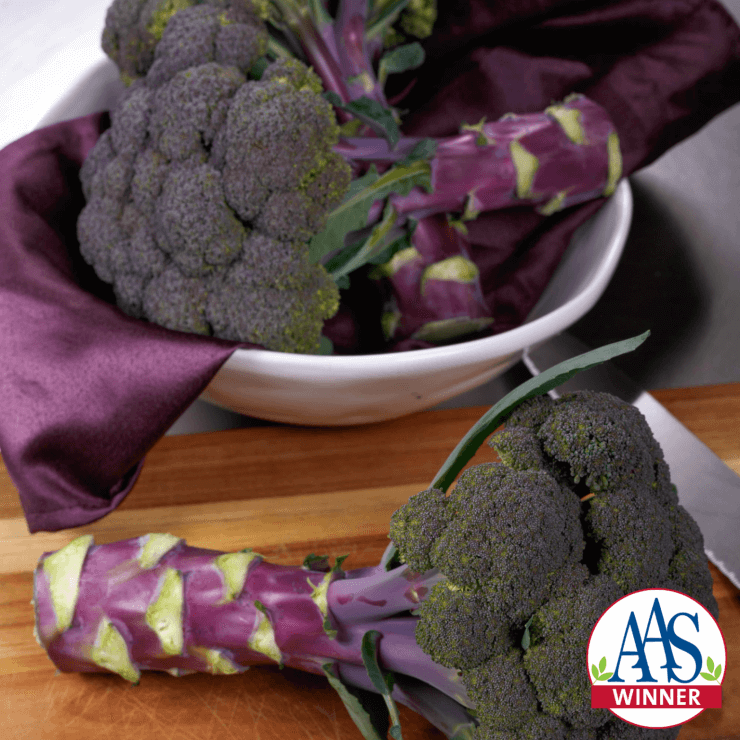
Purple Magic broccoli. Image courtesy of All-America Selections.
1. Broccoli: Purple Magic F1. Judges raved about the color and uniform shape of this broccoli varietal, as well as the sweet broccoli flavor. This “deep purple” plant is great for cold season planting, and will be ready to harvest in about 100 days from planting. Standing 30 inches tall, with a 20-inch spread, Purple Magic is an eye-catching beauty with large 14-15 ounce crowns.
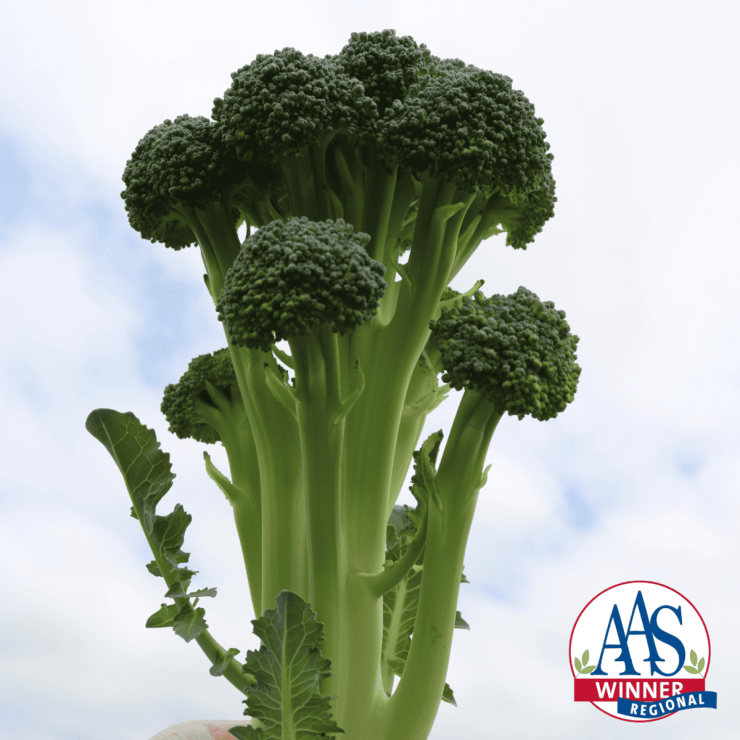
Skytree broccoli. Image courtesy of All-America Selections.
2. Broccoli: Skytree F1. This must have been quite the year for broccoli, as the Skytree variety is the second one on the AAS list this year. One judge noted that this dark green plant has “nice juicy stalks,” while another pointed out that Skytree offers “a truly fresh punch of wonderful broccoli deliciousness!” This vegetable tolerates frost and one judge found that it “performed well under adverse weather conditions.” In the garden, Skytree grows to about 24 inches, with a 12-inch spread, and takes about 85 days from seed sowing to harvest.
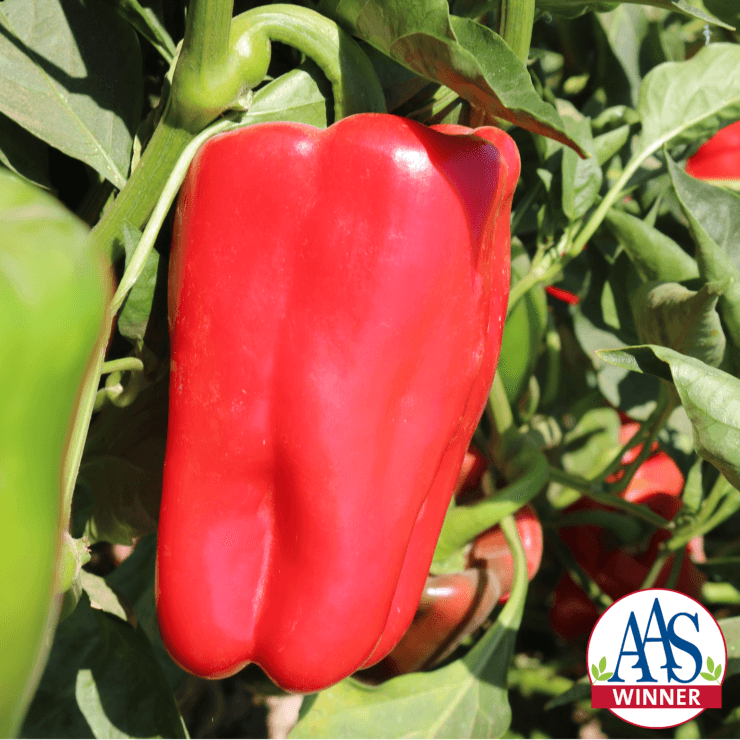
Red Impact pepper. Image courtesy of All-America Selections.
3. Pepper: Red Impact F1. One highlight of this easy-to-grow pepper is the multitude of disease resistances and tolerances. But that’s only part of the story. The Red Impact is noted for it’s wonderful sweetness and incredibly high yields. Several judges observed that the plant produces numerous large fruits. With a height of up to 36 inches and a spread of up to 24 inches, the Red Impact would benefit from being staked. Give this plant about 90 days and you can enjoy an abundance of sweet red peppers on your table.
7 AAS new vegetable winners from 2023 that still belong in the garden
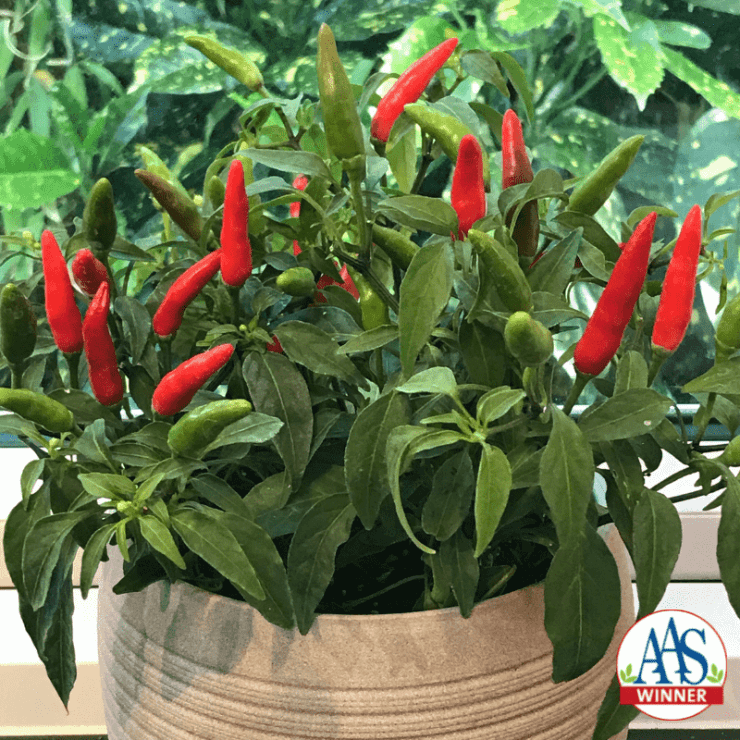
Quickfire pepper. Image courtesy of All-America Selections.
4. Pepper: Quickfire F1. This is technically a 2022 winner, but since AAS announces winners three times per year, the Quickfire wasn’t available when we made our list last year. This is a gorgeous little plant, growing only about 6 inches tall but offering a prolific harvest of bright red Thai peppers. The peppers measure about 40,000 Scoville units, which is similar to a hot cayenne pepper. By comparison, jalapeños top out at around 6,000 Scovilles, and habaneros start at around 150,000 Scovilles. So this pepper brings some heat without too many tears.
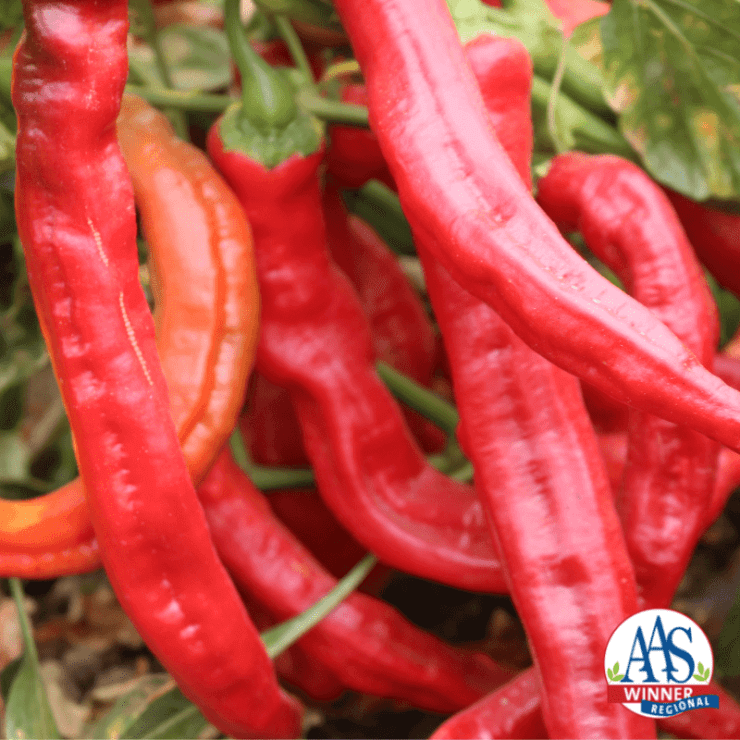
Wildcat cayenne pepper. Image courtesy of All-America Selections.
5. Cayenne Pepper: Wildcat F1. This high-yielding pepper plant produces 2 to 3 ounce fruits “with a great smoky flavor and peppery sweetness and a mild pungency of 500-1500 Scoville units.” That puts the heat factor in line with a poblano or Anaheim pepper. Several judges noted the large size of the fruits, so if you’re looking for a fun, mild pepper, this could be your winner.
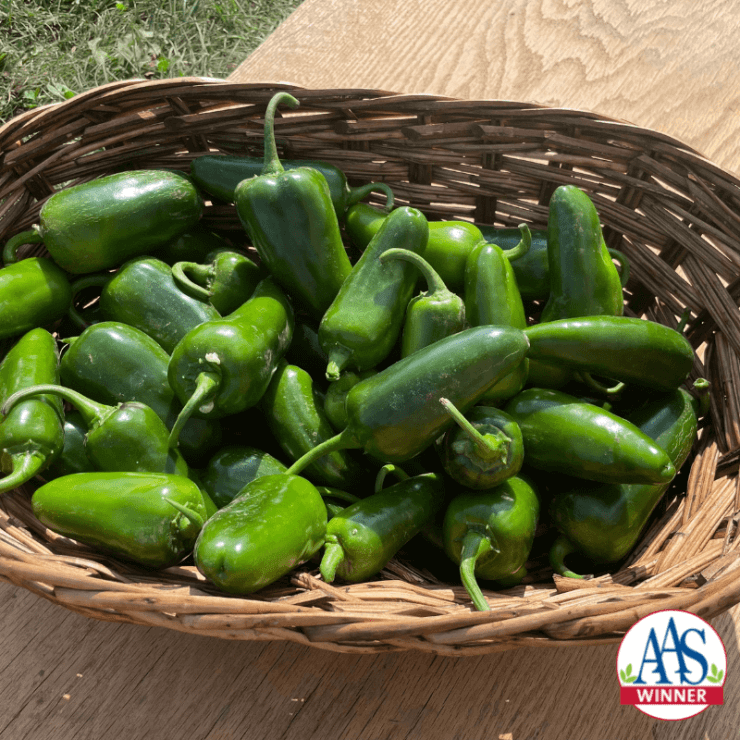
San Joaquin jalapeño pepper. Image courtesy of All-America Selections.
6. Jalapeño Pepper: San Joaquin F1. This determinate pepper plant will give you a harvest of about 50 fruits, making it ideal for canning, pickling, or making a really large batch of salsa! The 30-inch-tall plant is perfect for containers.
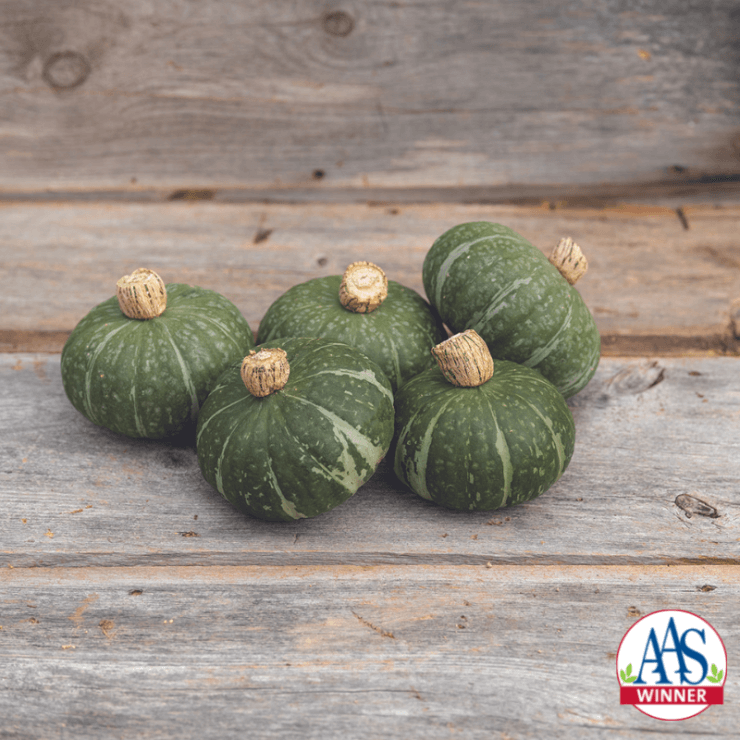
Sweet Jade Kabocha squash. Image courtesy of All-America Selections.
7. Squash: Sweet Jade Kabocha F1. AAS describes this squash as a “cute, single-serving-sized squash.” The dry texture and sweet flavor of this vegetable make it a winner in the kitchen, while the high yield makes for happy gardeners.
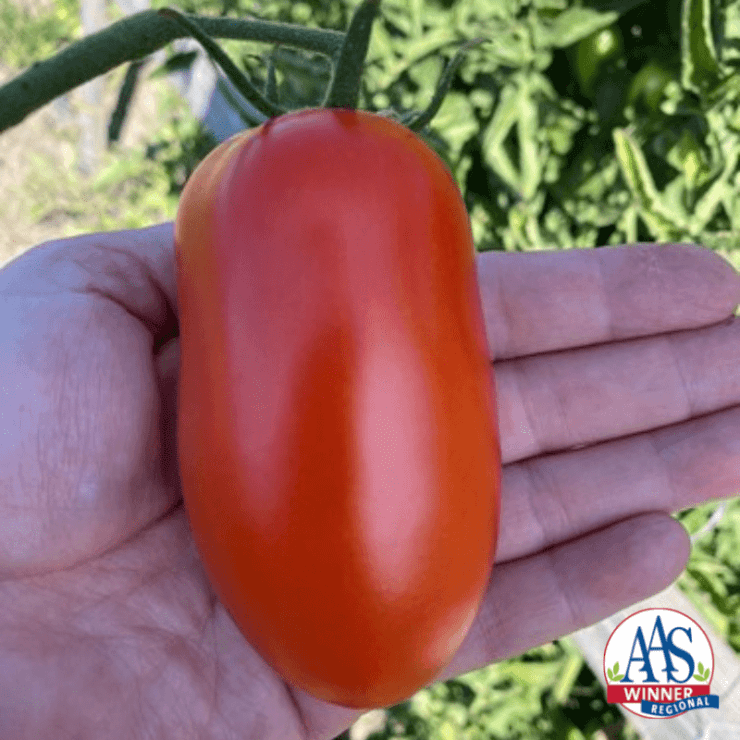
Zenzei tomato. Image courtesy of All-America Selections.
8. Tomato: Zenzei F1. This Roma-style tomato is bred specifically for gardeners in the Midwest region, so this may or may not be one of the new vegetables we get to try this year. But if you’re fortunate enough to grow these, it sounds like you’re in for a real treat. Judges noted that the high-yielding Zenzei is ideal for small gardens, while the resistance to several common diseases makes this an easy plant to grow.
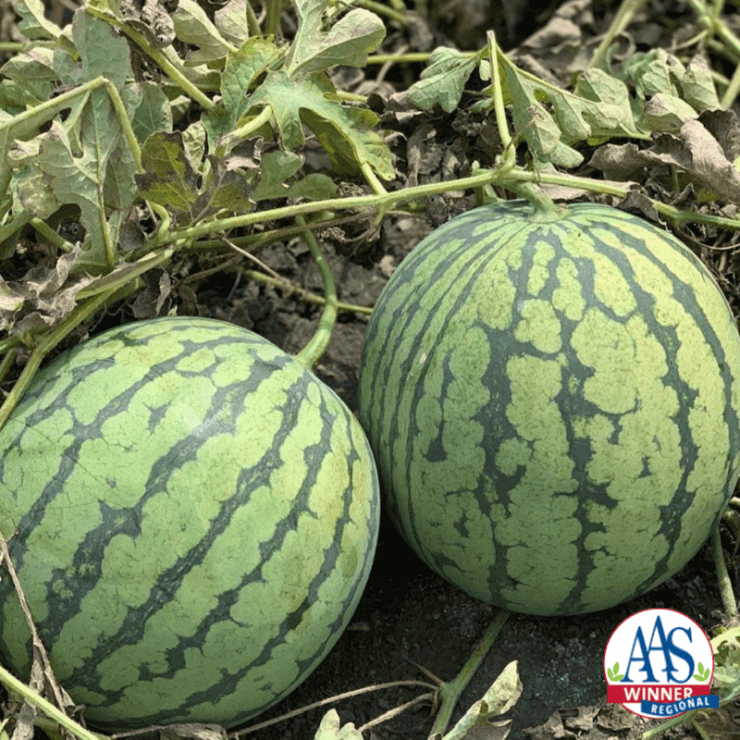
Rubyfirm watermelon. Image courtesy of All-America Selections.
9. Watermelon: Rubyfirm F1. This “personal-sized” watermelon boasts minimal seeds and maximal flavor, and judges also noted its resistance to downy and powdery mildew. The fruits are sweet and firm, and at 6 inches around, they’re ideal for a summer picnic.
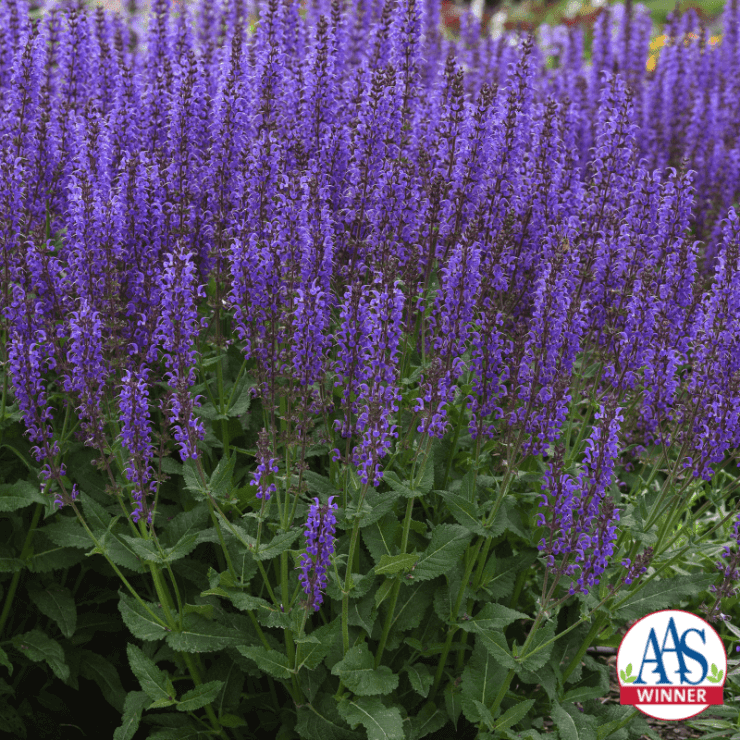
Blue by You salvia. Image courtesy of All-America Selections.
10. Salvia: Blue By You. Technically, salvia is not one of the new vegetables on our list. It is, however, an AAS winner in the perennial category. But if it’s not a vegetable, why is it here on this list? To begin, it’s a gorgeous plant with bright deep blue blossoms that will look fabulous in just about any garden. This variety, in particular, is lauded for its winter hardiness and heat tolerance, as well as resistance to powdery mildew. That’s all nice, of course, but the real reason it’s on our list is because of its popularity with pollinators. Blue By You salvia will attract hummingbirds and butterflies as it continues to bloom throughout the season. And since we know that pollinators help our vegetables grow, too, it makes sense to have some flowers alongside our vegetables. If that’s not enough, this variety of salvia “is not favored by deer or rabbits.” As far as I’m concerned, anything that will attract pollinators, deter deer and rabbits, and look great doing it is something that belongs in the garden!
What about you? Are there any new vegetables out there that you want to try in your garden?
Note: Food Gardening Network contains links to affiliate websites, including Amazon and Rakuten Affiliate Network, and we may receive a commission for any eligible purchases made by you through links on this page. Any reviews are based on honest reviews of the products.
Discover 10 top tips for growing, harvesting, and enjoying fruits, vegetables, herbs and more from your home garden—when you access the FREEBIE How to Grow a Vegetable Garden, right now!


